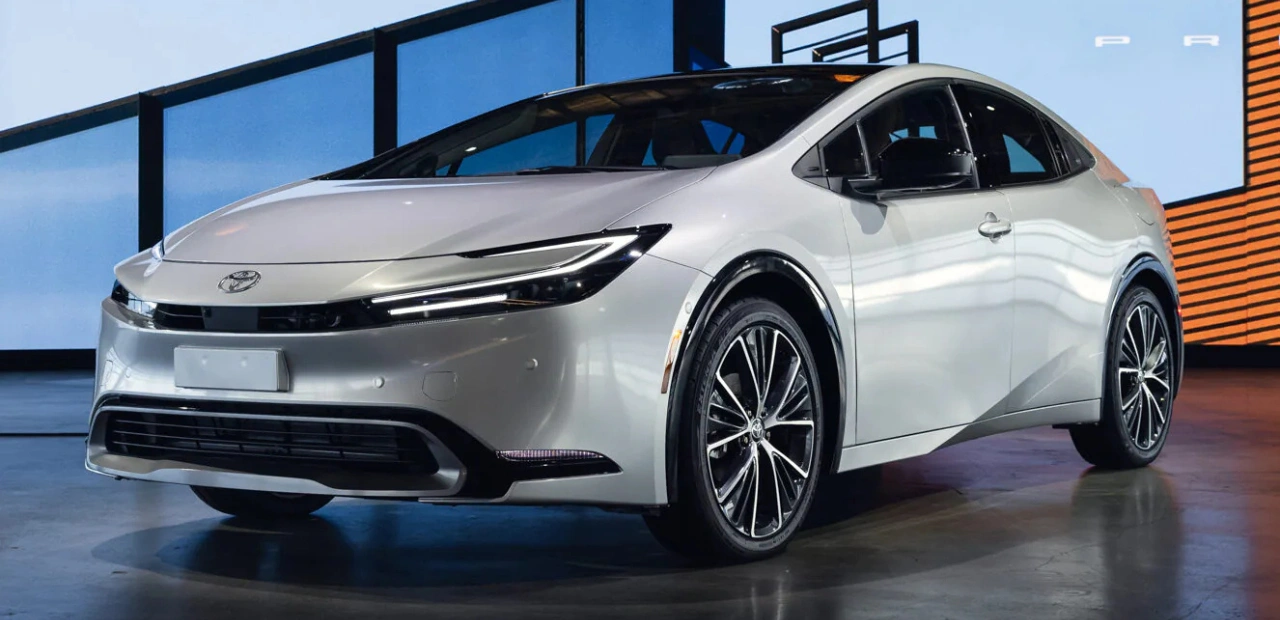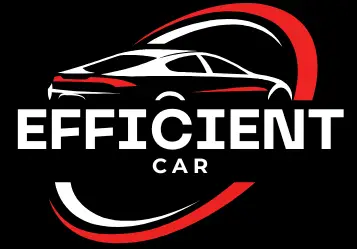The latest trends in fuel-efficient cars

Electric Cars: The Future of Fuel Efficiency
The growth of electric cars in recent years has positioned them as the potential future of fuel efficiency. With their zero-emission capabilities, electric cars offer a cleaner and more environmentally friendly alternative to traditional gasoline-powered vehicles. Not only do they help reduce carbon emissions and air pollution, but they also help to alleviate the dependency on fossil fuels. As technology continues to advance and battery capabilities improve, electric cars are becoming more practical and accessible for everyday use. The increasing availability of charging stations and the development of fast-charging technologies further enhance the appeal of electric cars, making them a viable option for consumers seeking a sustainable and efficient mode of transportation.
Furthermore, electric cars provide a seamless driving experience with their smooth acceleration, quiet performance, and minimal maintenance requirements. The instant torque delivery of electric motors offers an exhilarating and responsive driving experience that rivals that of gasoline-powered sports cars. In addition, the absence of internal combustion engines results in reduced noise levels, ensuring a peaceful and comfortable ride for passengers. Moreover, electric cars do not require regular oil changes and engine tune-ups, reducing maintenance costs over the long run. As the technology behind electric cars continues to advance, it is expected that their driving range and charging times will significantly improve, addressing the concerns of range anxiety and further increasing their appeal to consumers.
Hybrid Vehicles: Striking a Balance Between Power and Efficiency
Hybrid vehicles have become increasingly popular in recent years, and for good reason. These innovative cars strike a perfect balance between power and efficiency, offering drivers the best of both worlds. By combining an internal combustion engine with an electric motor and battery, hybrid vehicles are able to optimize fuel consumption and reduce emissions.
One of the key advantages of hybrid vehicles is their ability to seamlessly switch between the engine and the electric motor, depending on the driving conditions. When more power is needed, such as during acceleration or climbing steep hills, the internal combustion engine kicks in, providing an extra boost. However, during low-speed cruising or stop-and-go traffic, the electric motor takes over, drawing power from the battery. This intelligent combination allows hybrid vehicles to achieve impressive fuel efficiency without compromising on performance.
Lightweight Materials: Revolutionizing Fuel Efficiency in Automobiles
In recent years, the automotive industry has undergone a significant shift towards the use of lightweight materials in the construction of vehicles. This emphasis on reducing weight is driven by the desire to revolutionize fuel efficiency in automobiles. By utilizing materials such as aluminum, carbon fiber, and high-strength steel, manufacturers have been able to shed pounds off vehicles without compromising their structural integrity.
One of the main benefits of lightweight materials is their ability to improve the overall fuel economy of a vehicle. With lighter cars, less energy is required to propel them forward, resulting in a reduced consumption of fuel. This not only helps drivers save money at the gas pump, but it also decreases carbon dioxide emissions, making lightweight materials an eco-friendly choice. Additionally, by using lighter materials, manufacturers can downsize the engine without sacrificing performance, further contributing to fuel efficiency gains. Lightweight materials are indeed revolutionizing the automotive industry, paving the way for a more sustainable and economically viable future.
Advanced Aerodynamics: Redefining Efficiency on the Road
When it comes to improving fuel efficiency in automobiles, advanced aerodynamics has proven to be a game-changer. By redefining the way vehicles interact with the air around them, engineers have been able to significantly reduce drag and optimize performance. One of the key advancements in aerodynamics is the design of sleek and streamlined exteriors, allowing the vehicles to cut through the air with minimal resistance. These streamlined designs are carefully crafted to minimize turbulence, channeling the airflow around the vehicle in a way that reduces drag and increases overall efficiency. This not only improves fuel economy but also enhances the vehicle's handling and stability on the road.
Another aspect of advanced aerodynamics is the incorporation of features such as active grille shutters and air curtains. These technologies work in conjunction with the design of the vehicle to optimize the flow of air. Active grille shutters, for instance, open and close to control the amount of air that flows through the front grille, reducing drag and improving efficiency. Air curtains, on the other hand, are designed to direct the airflow around the vehicle's wheels, reducing turbulence and further improving aerodynamics. These innovative features not only contribute to fuel efficiency but also help to reduce wind noise and enhance the overall driving experience. With advanced aerodynamics leading the way, automobiles are becoming more efficient and eco-friendly, benefiting both the environment and the consumers who drive them.
Sustainable Energy Sources: Powering the Cars of Tomorrow
Electric vehicles powered by sustainable energy sources are quickly becoming the forefront of transportation innovation. As we strive towards a greener and more eco-friendly future, the need for cleaner and more efficient energy sources has never been greater. Unlike traditional fossil fuel-powered vehicles, electric cars are powered by electricity, which can be generated from a variety of renewable sources such as solar, wind, and hydroelectric power. This shift towards sustainable energy sources not only reduces our reliance on finite resources but also significantly decreases greenhouse gas emissions, contributing to a cleaner and healthier environment.
One of the primary advantages of sustainable energy sources for powering cars is the reduced carbon footprint. Electric vehicles produce zero tailpipe emissions, meaning they do not release harmful gases into the atmosphere as they operate. This is in stark contrast to conventional combustion engine cars, which emit significant amounts of carbon dioxide and other pollutants. By utilizing electricity generated from sustainable sources, such as solar panels or wind turbines, we can effectively reduce our dependence on fossil fuels and mitigate the negative environmental impacts associated with traditional transportation. In addition, the regeneration capability of electric vehicles allows them to recover and store energy while braking or decelerating, further enhancing their energy efficiency and reducing overall energy consumption.
Smart Technology Integration: Enhancing Fuel Efficiency in Modern Vehicles
Smart technology integration has revolutionized the automotive industry, enhancing fuel efficiency in modern vehicles like never before. One way this is achieved is through the implementation of advanced sensors and monitoring systems. These systems collect data on various aspects of the vehicle's performance, such as engine temperature, tire pressure, and fuel consumption. By constantly monitoring these parameters, smart technology can make real-time adjustments to optimize fuel efficiency. For example, if the sensors detect that the engine is running too hot, they can automatically adjust the fuel-air mixture to cool it down, reducing energy waste and improving overall efficiency.
Another way smart technology enhances fuel efficiency is through the use of predictive algorithms and artificial intelligence. With these sophisticated systems in place, vehicles can analyze data patterns and make intelligent decisions to reduce fuel consumption. For instance, based on previous driving patterns and road conditions, the car's onboard computer can anticipate upcoming traffic congestion or road inclines. It can then adjust the throttle, transmission, and other parameters to ensure the optimal balance between power and fuel efficiency. This proactive approach not only saves fuel but also enhances the driving experience, as the vehicle seamlessly adapts to the changing conditions on the road.
